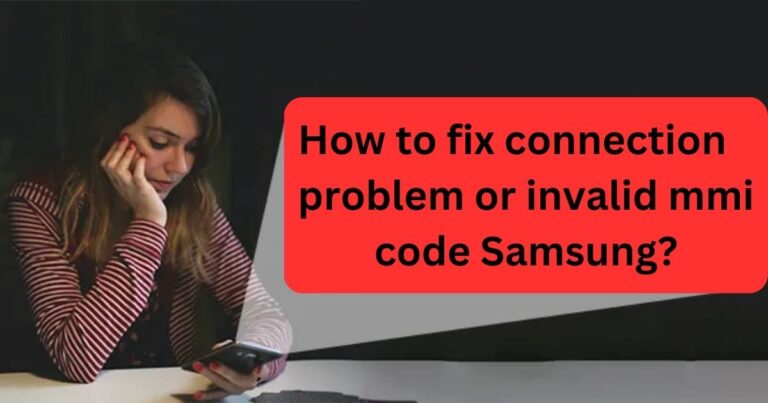Cracking the Code: Deciphering the 409 Error in API HTTP Status
In a rapidly digitizing world, the complexity of web applications and APIs is increasing steadily. Web developers are often encountered with various error codes, which can be puzzling. An HTTP status code that has become particularly notorious in the realm of APIs is the 409 error. It’s frequently seen, but poorly understood by those who have not dived deep into the HTTP protocol. This article aims to unravel the lore behind this status code, contextualize its importance, and provide actionable insights for the intrepid web developer.
What is HTTP 409 Error?
Also known as the ‘Conflict’ status code, the HTTP 409 Error is not as nefarious as it sounds. It is a server response code indicating that the request couldn’t be completed due to a conflict in the current state of the requested resource. This inconsistency could be due to simultaneous updates from different users or a specific state required by a method not being filled by the current representation of the resource.
Understanding HTTP 409 Error in depth
The 409 Conflict status code is part of the HTTP/1.1 standard. It’s primarily utilized in APIs and web services that deal with resource state. Rather than being a marker of an error, it serves as an invitation to resolve a specific conflict before the request can be entertained.
In reality, it’s necessary for an efficient functioning of distributed systems, where multiple users might try to modify resource state simultaneously. APIs employing RESTfulness especially find good use of the 409 status code. Moreover, it finds a natural ally in the optimistic locking pattern, which is intended to detect conflicts when multiple users contend to update the same resource.
Some Usage Scenarios
One of the classic examples of an API HTTP 409 Error is when multiple users try to edit the same document simultaneously. Here, 409 acts as a gatekeeper, preventing the changes from being saved until the conflict is resolved.
Another instance can be observed in distributed banking applications. Suppose two family members attempt to pay a bill from the same joint account. One member’s request could go through while the other would receive a 409 error, indicating insufficient funds due to the previous transaction.
How to resolve HTTP 409 Errors
Essential to appreciating the function of the 409 status code is understanding that it anticipates user action for resolution. When a server responds with a 409 error, it typically includes a response body providing client instruction on how to rectify the conflict.
In some cases, the resolution could be as simple as refreshing the resource state or coordinating user behaviour. In others, it might require more systematic changes like implementing a reservation system or using sequential IDs.
Final Thoughts
Remember, encountering an HTTP 409 error is not an indication of catastrophe. It’s essentially a part of the interplay that maintains the integrity of resources in a digital world marked by simultaneous multiple user actions. By acquainting with this status code and understanding its true nature, developers can learn to efficiently manage and resolve potential conflicts, thus enhancing the performance and security of their APIs.
It’s not just about understanding the 409 status code, but about shifting perspective: from seeing these HTTP response codes as roadblocks, to viewing them as nuanced guidebooks helping us navigate the intricate landscape of web development. While the journey might seem complicated, understanding these ‘signs’ along the path can make the ride significantly smoother. So, let the 409 Conflict status code be not a beast to be feared, but a friend in your API engineering journey.

